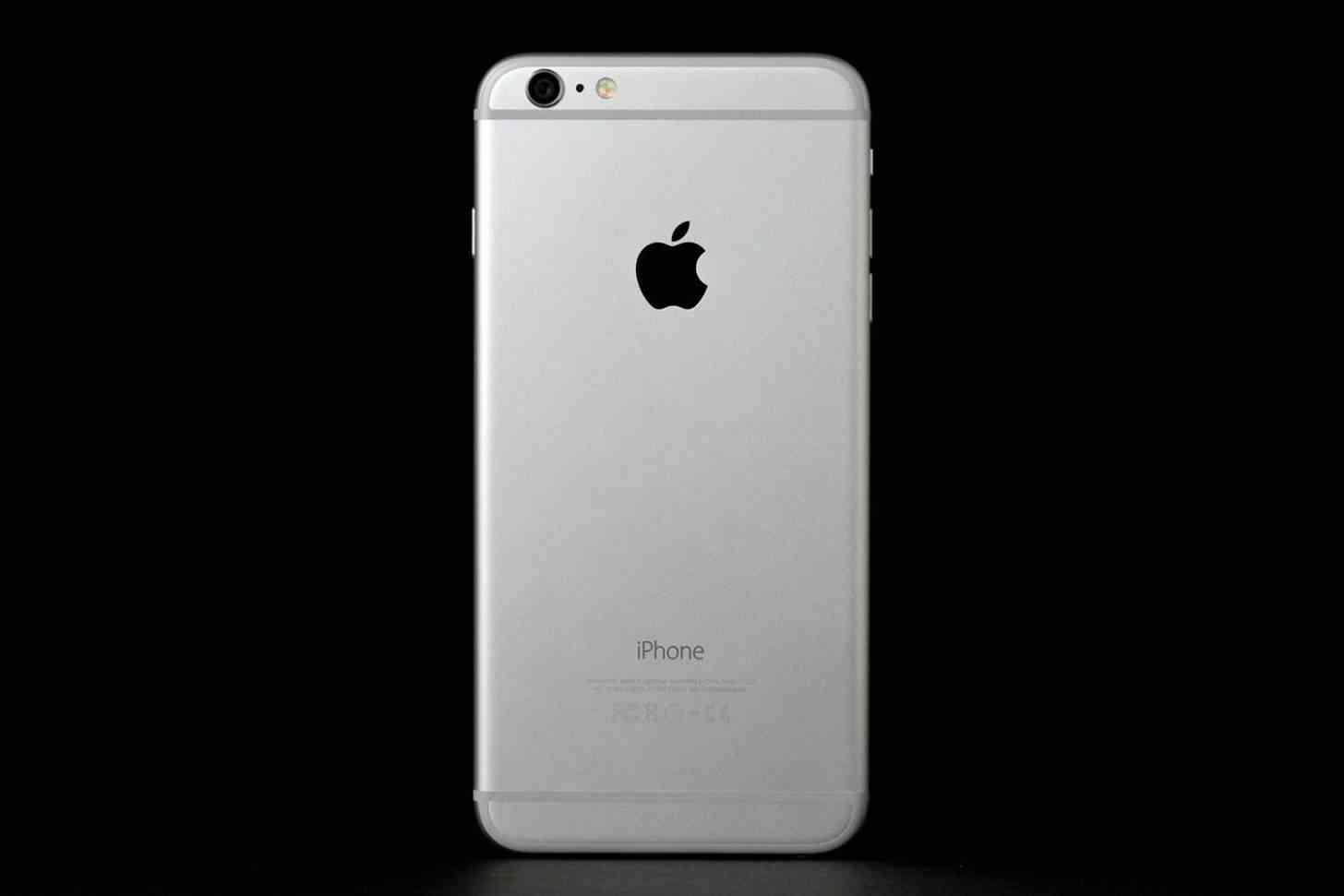
It’s all about the premiums, baby! Well, it seems that way anyway. Terribad 90’s Puff Daddy references aside, there seems to be a huge focus on smartphones made out of premium materials these days. From plastic to glass, glass to metal, and now metal to leather, the word “premium” can mean a lot of different things. Recently, it seems like the two most popular premium materials for phones are leather and metal.
Metal made its first major breakthrough in recent history with the Apple iPhone 5 in 2012. With an aluminum finish that made the phone light and lovely to look at, the iPhone 5 was widely regarded as a premium looking device. Unfortunately, simply looking premium didn’t prevent it from fallbacks ranging from dings in the chamfer to the entire phone bending in half. My own iPhone 5S hasn’t suffered any major bending, but it has suffered the dings in the side. It’s not the worst, but it certainly opens my eyes to just how “premium” metal can be.
My other experience with a metal phone wasn’t half bad. The HTC One (M7), released in 2013, also had an aluminum unibody design. This phone was also highly praised for its premium design, especially in comparison to other Android flagships at the time. The HTC One, in my opinion, revolutionized the way Android flagships were designed. Competition has been fierce since the release of the M7, and I have very little doubt that the cause is due to HTC’s gorgeous design for the phone.
With that being said, my M7 still suffered from the other issue that aluminum frames can experience, and that’s denting. The dents weren’t that noticeable just by looking at it, but you could feel them. And, speaking of feeling, while the M7 might have looked nice, it was extremely slippery without a case – another issue that metal-bodied phones suffer from.
Between the iPhone and M7 both having an aluminum design that was aesthetically pleasing to the eye, Samsung, who was widely known for its usage of glossy plastic (equally as slippery in my opinion) in its flagships for quite some time, decided it was time for a change. In the Samsung Galaxy Note 3, Samsung made one of the most notable changes in its flagship designs by featuring a fake leather design. Reviews on this change were mostly positive as the material was less slippery than both aluminum and plastic, not to mention different.
With fake leather now on the line and gaining positive attention, it was time to up the ante and introduce real leather.
In 2013, Motorola introduced the Moto X. With the Moto X also came the Moto Maker, a way for users to customize the colors of their smartphone instead of only being able to choose from just a few preset colors. Moto Maker also came with the ability to use real wooden backs on the phone. In 2014, Motorola introduced the use of real leather on the back of the Moto X as well.
Leather has its own set of pros and cons, of course. The pros are that, generally speaking, leather is easier to grip and isn’t as slippery. It’s also highly regarded as a premium material, and is known for how well it ages in the sense that when it gets worn, scratched, and dented, it’s acceptable as that’s just how leather is – wearing down is part of its charm. Leather is also a high-quality material, and has a considerably nice, warm feel to it compared to other materials phones are made out of. On the downside, leather does take work to maintain and it can be a bugger to clean off if it happens to get dirty.
Leather and metal are still two materials that manufacturers are using to compete for people’s affection in 2015. Samsung decided to take a less plastic route and instead go for a mix between aluminum alloy and glass this year in the Samsung Galaxy S6 and S6 Edge; the iPhone 6 was made out of aluminum, steel, and glass, which means that the iPhone 6s (assuming that’s the next gen iPhone for 2015) will likely share the same body; most recently, we see that the LG G4 likely has gone with a leather back variant, and the next gen Moto X will likely follow with more leather options this year.
When it comes down to leather and aluminum, I like both – but I like leather more. A firmer grip on a phone makes it less of a drop threat, and I like the way that leather wears down. I also find it fairly easy to keep leather clean, and I prefer the warmer touch of the device over cool metal. With that being said, I do prefer the look of metal more, but that’s about where it ends. I find metal to be lovely, but quite slippery.
So, when it comes down to these two popular premium materials for phones, which do you prefer? Do you prefer the cool sleekness of metal, or the grippable leather?